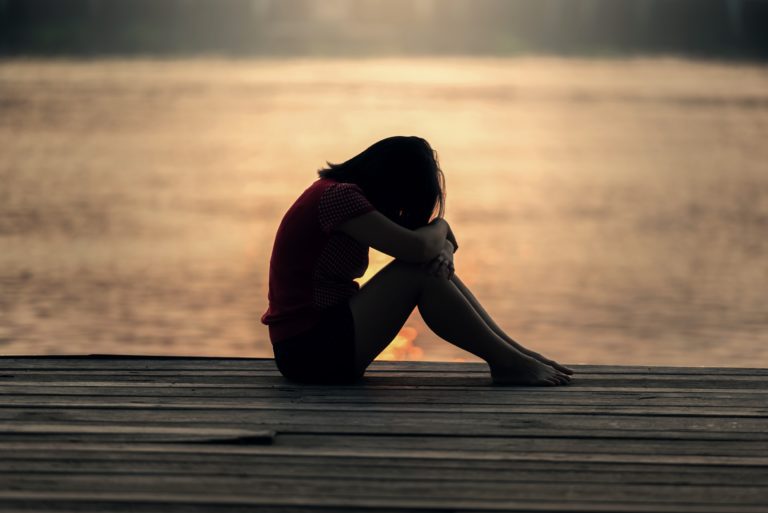Yoga and self-care are key practices that changed my life when my father died unexpectedly in 2018.
I was unprepared for the profound grief that consumed me. I felt like the grief was this uninvited guest that followed me everywhere. Unsure of what to do, I turned to yoga which I knew would help me practice self-care while grieving.
I will always treasure the day I walked into Divinitree Studio and was warmly welcomed by Sierra Noland for my private yoga class. I shared with Sierra that I was grieving because my father had recently died. She asked me what I needed and decided to guide me through an active vinyasa flow sequence.
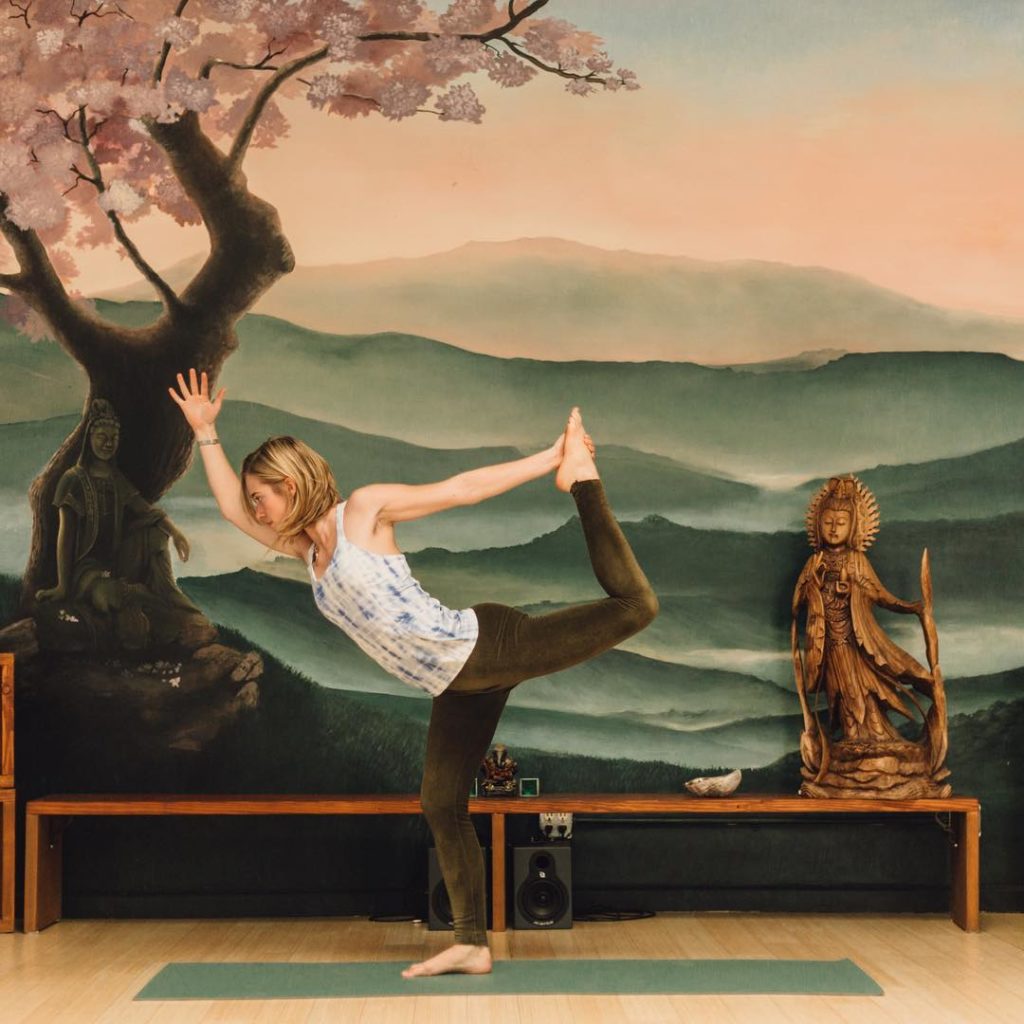
Needless to say, I’ll never forget the sensation that occurred in my right hip when we did a hip opener position called “wild thing.”
Immediately I noticed this searing of emotional pain opening up and I began sobbing.
What followed was remarkable.
Sierra held a safe space for me while I was crying. She held me and told me that I was courageous for just showing up.
After a few minutes, the pain subsided and I was able to continue with the yoga and self-care practice.
This experience reminded me that we store trauma and pain in our body.
I’ve been practicing yoga several days a week while working from home. I’m amazed at how my anxiety has decreased, my sleep has improved and I feel stronger and more resilient.
In fact, new research suggests that yoga directly influences our nervous systems, making us happier and healthier.
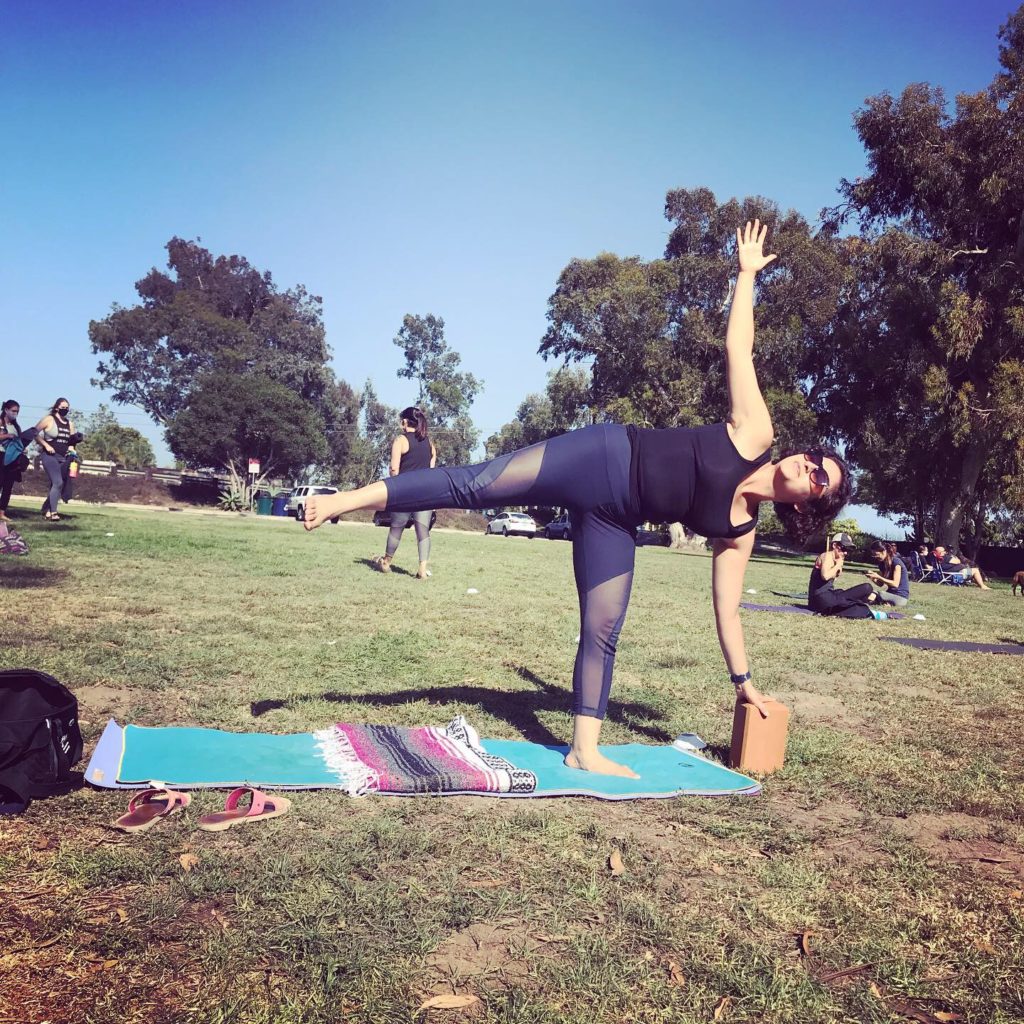
If you’re unsure what to do when you’re feeling stressed, anxious, or overwhelmed, remember that yoga and self-care are available to you at any time.
I interviewed Sierra Noland, my yoga and meditation teacher, to learn her secrets and get her insider knowledge on how you can integrate effective yoga and self-care practices to change your life:
Q: What motivated you to pursue teaching meditation, yoga and self-care?
My initial interest in yoga was a result of my studies and fieldwork in South Asia as a student of sociology and anthropology.
I spent over a year living and traveling throughout India and Nepal. I got to experience a more traditional side of the yogic practice.
My teaching and passion for yoga and self-care evolved after I found myself struggling with depression for the first time.
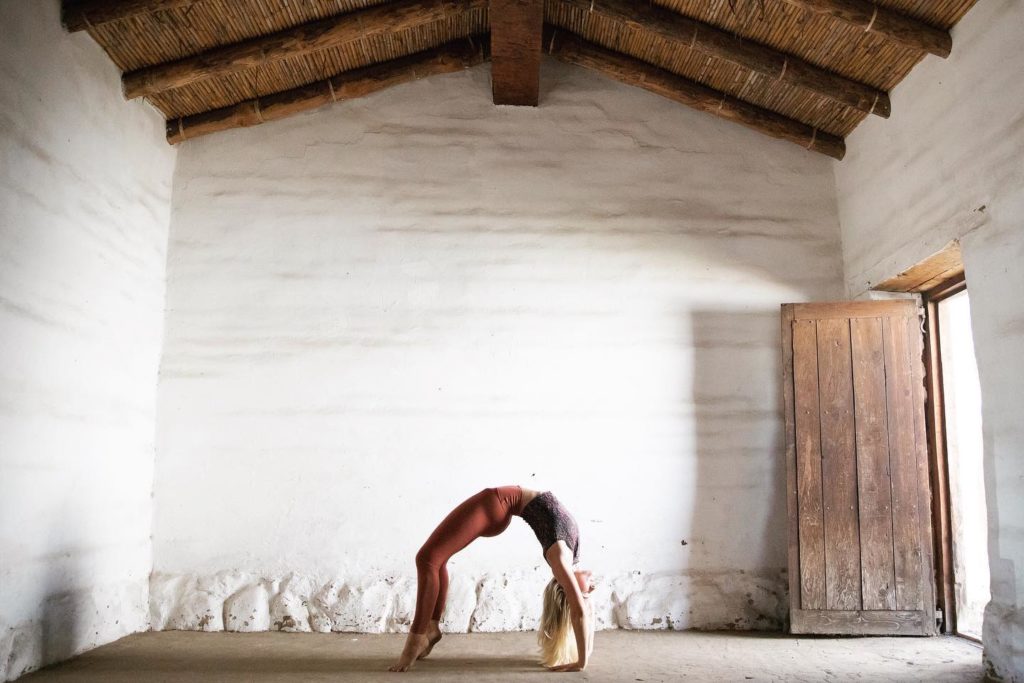
I took a yoga teacher training in Stress Management. I was hoping that the tools and resources from this training could help me become a more informed teacher, and in turn, help me heal myself.
Sure enough, my time immersed in this training set me on a path of greater self-love and inner peace.
From then on I knew that I wanted my own teaching to be centered around mental and emotional well-being.
Q: Why is it important to be more cognizant of self-care, trauma, and healing in our life and work through them?
They say you’ve got to “feel it, to heal it!”
All of us struggle, but the cultural message we hear is that success has no room for negativity, pain, or difficulty.
“Going through life ignoring our not-so-comfortable feelings does not mean those feelings disappear, rather, we store and cope with them in ways that can negatively affect our mental and physical health.”
Sierra Noland, yoga and meditation teacher
It’s important for us to be cognizant of self-care, trauma, and healing so we can shift the cultural message to one of acceptance. De-stigmatizing very normal human struggles, and encouraging people to seek support and resources in their own healing process.
Q: How do you define self-care?
Self-care has a lot of cultural weight these days.
And while I love that it has widely been embraced by mainstream culture, I think the commodification of self-care has taken away from its true meaning.
“I like to think of self-care as an internally-focused practice that is sustainable and accessible to anyone, a practice that focuses on nourishing oneself to create resilience, instead of distracting oneself as a way of avoidance.”
Sierra Noland, yoga and meditation teacher
It’s not necessary to buy fancy bath products or spend a lot of money on taking yourself out to dinner in order to practice self-care.
Q: What are 5 yoga and self-care benefits?
1. Yoga helps you step away
Yoga and self-care practices allow you to take time away from your to-do list. Or any roles you play like being a mother, employee, friend, etc.
2. Yoga positively influences your nervous system
Yoga and self-care help bring your nervous system from its fight or flight function (sympathetic nervous system) into rest and digest mode (parasympathetic nervous system).
3. You learn to connect with your body
The practice encourages you to be more attuned to your body and get out of your head. Embodied practices can help you to love your body and all that it does for you!
4. You can practice yoga anywhere
Yoga is accessible to anyone with the ability to move, 15 minutes to spare, and access to the internet! No monthly membership or fancy yoga pants required!
5. You learn how to be more mindful
Yoga and self-care help you build tools of mindfulness and self-awareness that can be taken with you off the mat. This can mean you’re less reactive to stress and are able to self-regulate more easily.
Q: Is it selfish to practice self-care or an act of social rebellion?
Caring for yourself, by proxy, is caring for others. As they say, you cannot give from an empty cup, so fill yours first!
Oftentimes the best and most sustainable way to show up for others is to make sure you are working from a strong foundation of personal health and wellness.
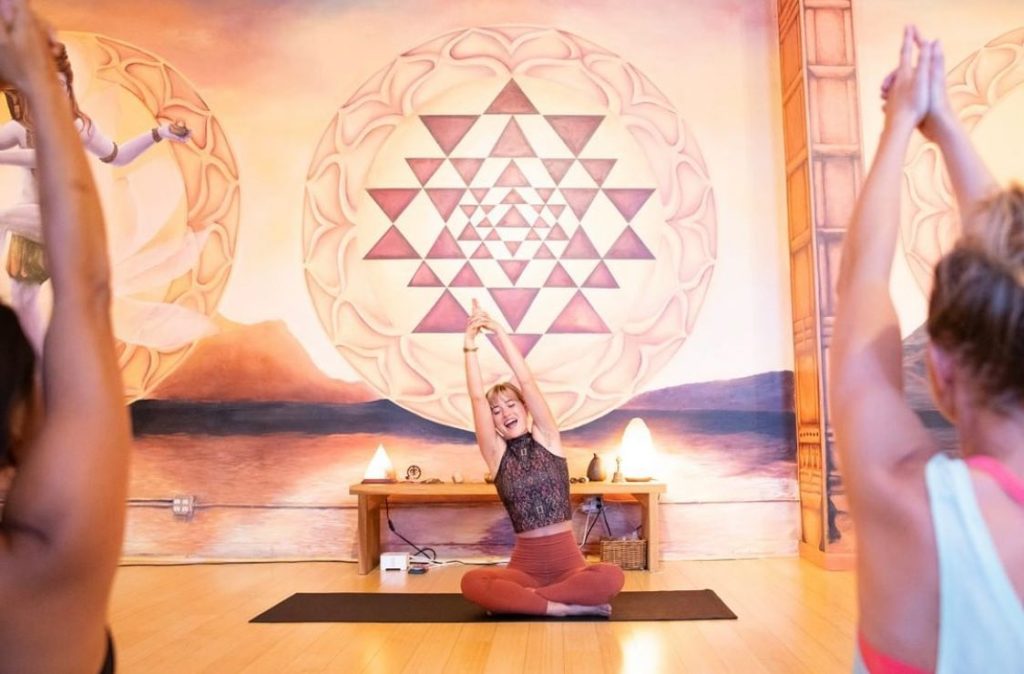
Sometimes, self-care can be radical, especially in a culture that values productivity above all else.
Taking time to rest and stepping away from the capitalistic grind can be your own little act of rebellion against a system that teaches us to never stop.
Q: What are some yoga therapy tips to manage stress and anxiety especially in times of change and uncertainty?
I can’t say it enough: listen to your body!
I think the #1 bit of misinformation when it comes to reducing stress through yoga and self-care is that if we want to move towards relaxation we must control our body, mind, and breath to be still or slow down.
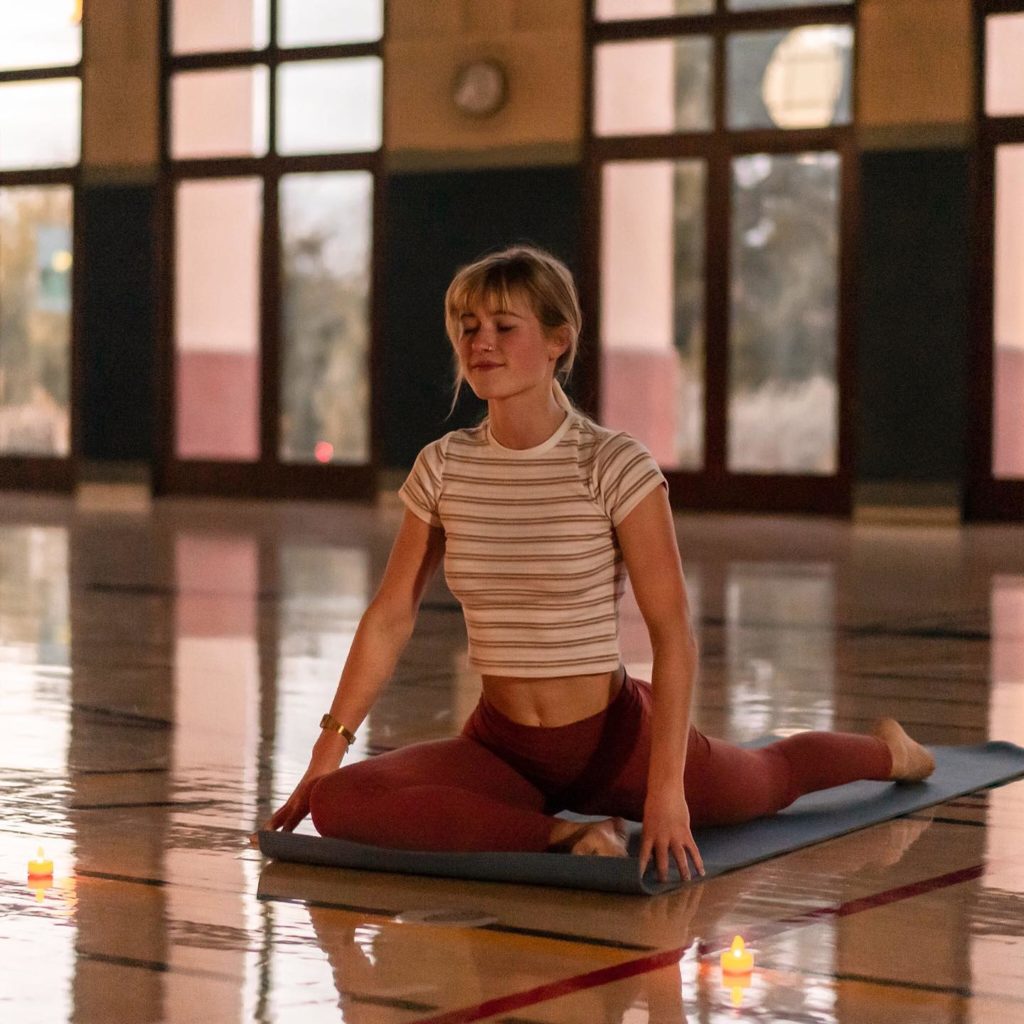
While this sometimes works as a short term solution, oftentimes what our nervous system and body are actually asking for is the opportunity to complete the stress cycle.
Instead of suppressing the flight or fight response, we should move through it.
We can do this with various rapid breathing techniques like bellows breath or skull-shining breath, dancing, shaking, or a yoga flow that helps get the heart rate elevated.
Only once you’ve used up that anxious energy is your body ready to transition to the stillness of the relaxation response, and you can use mindfulness, extended exhalation, and body scans to help assist in this process.
Q: What are your favorite yoga poses for self-care?
I love using pillows and blankets in my yoga postures.
Placing a huge fluffy pillow under the chest and belly in a wide-legged forward fold sends the message to the body that we are safe, our soft underbellies are protected and nurtured, we can relax.
I also find that incorporating self-massage into yoga can be extra nourishing—palpate the chest muscles while in mountain pose, or work on the feet or quads in a forward fold.
Q: What is the first step for a beginner who wants to get started with a yoga practice?
Find the type of yoga that you connect with. There are SO many styles out there, from YouTube to the studio, from restorative to power yoga.
You don’t have to have a small body, certain religious beliefs, or lots of money to practice yoga.

Do some research and find a teacher that you personally connect with and trust.
Increasingly, there are teachers from every walk of life, representing diverse students and making huge efforts to make the practice more inclusive and accessible.
Wrap-up
My interview with Sierra Noland reaffirmed the value of my yoga and self-care practice. I learned about moving your body when you are feeling stressed because that is what your nervous system needs. Ah-ha! Now it makes sense!
My yoga and self-care practice has helped me feel grounded and centered. I’m more in tune with my myriad of physical and emotional sensations that I experience.
Practicing yoga from Divinitree’s Virtual Studio the past few months has been instrumental for my mental health.
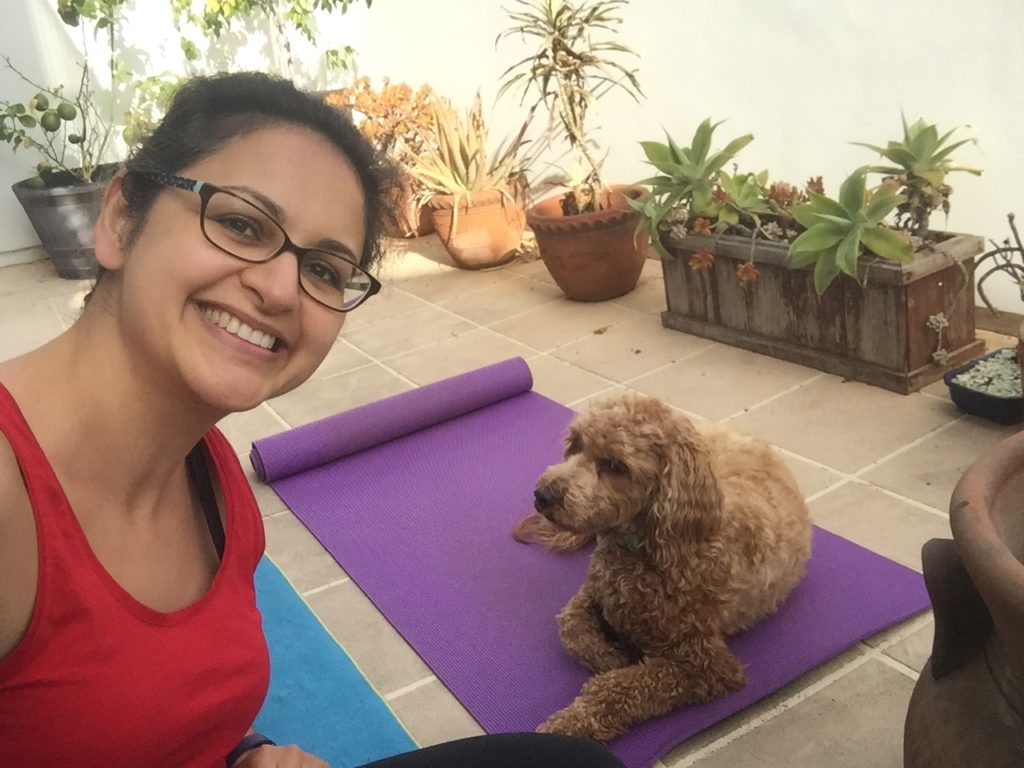
Yoga has helped me move away from judgment and more into a place of peaceful acceptance. Especially when everything around me is in flux.
You may wonder why this happens right?
When you’re doing a difficult position in yoga and you are in discomfort, you have a choice.
You can either breathe through the discomfort and just be present, or you can follow the cascade of thoughts that arise.
With regular practice, you come to realize that if you simply breathe and stay present, you will get through it. You realize that you are okay, nothing terrible will happen and you can safely move through it.
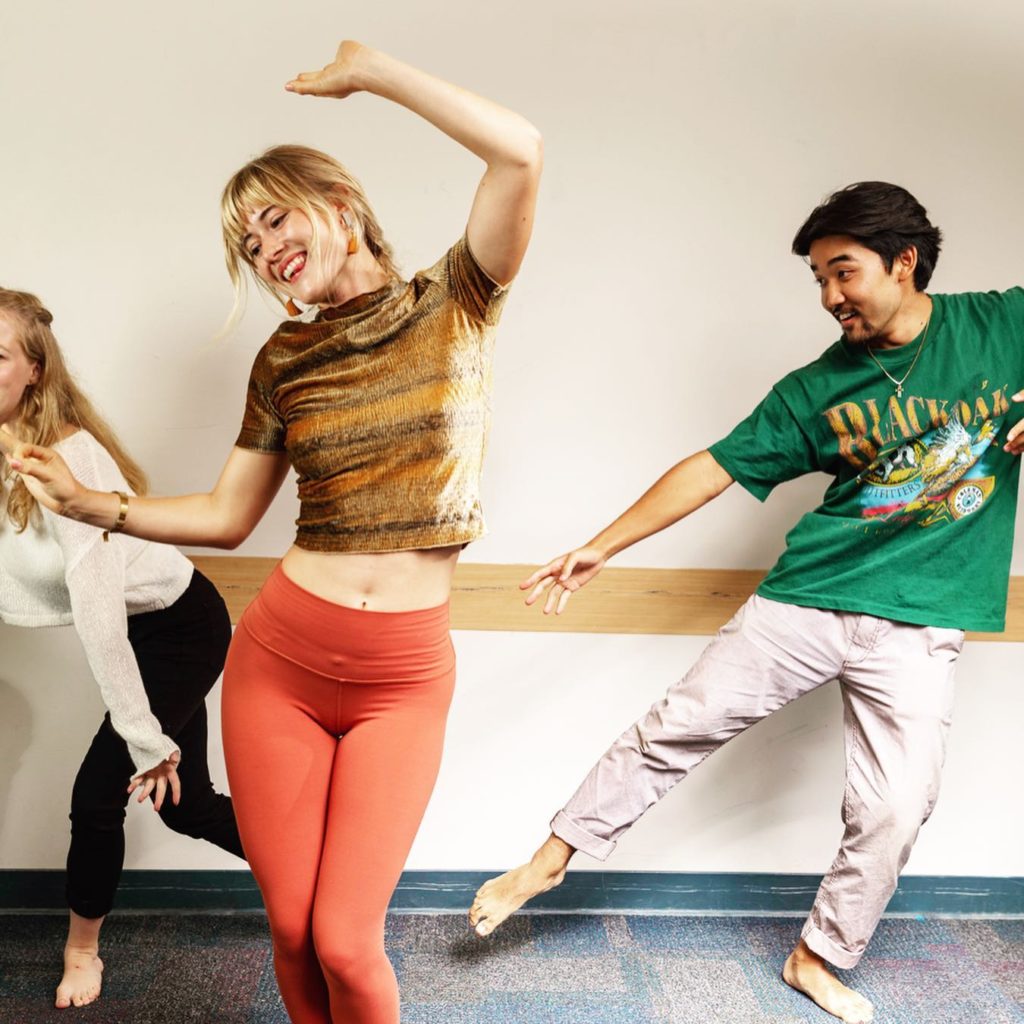
I know one thing to be true.
No matter where I am, or what I am doing, I can simply unroll my yoga mat, take a few deep breaths, and follow a yoga sequence. This will help me reconnect to what matters most, the present moment.
What have your experiences been like practicing yoga and self-care? Is there a go-to YouTube yoga video that you want others to try? What tips do you have for someone who is new to yoga?


